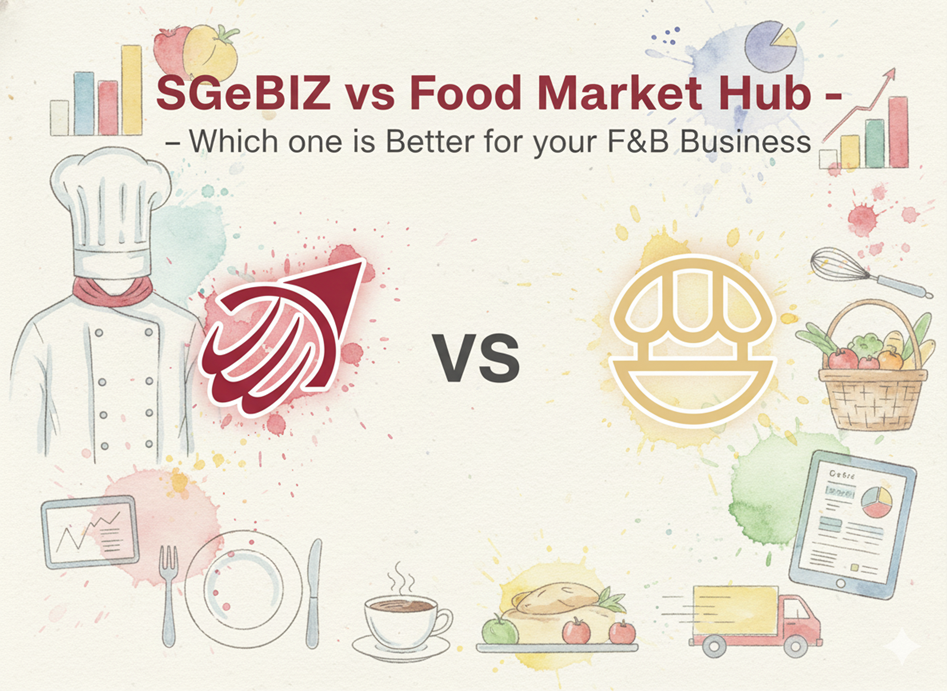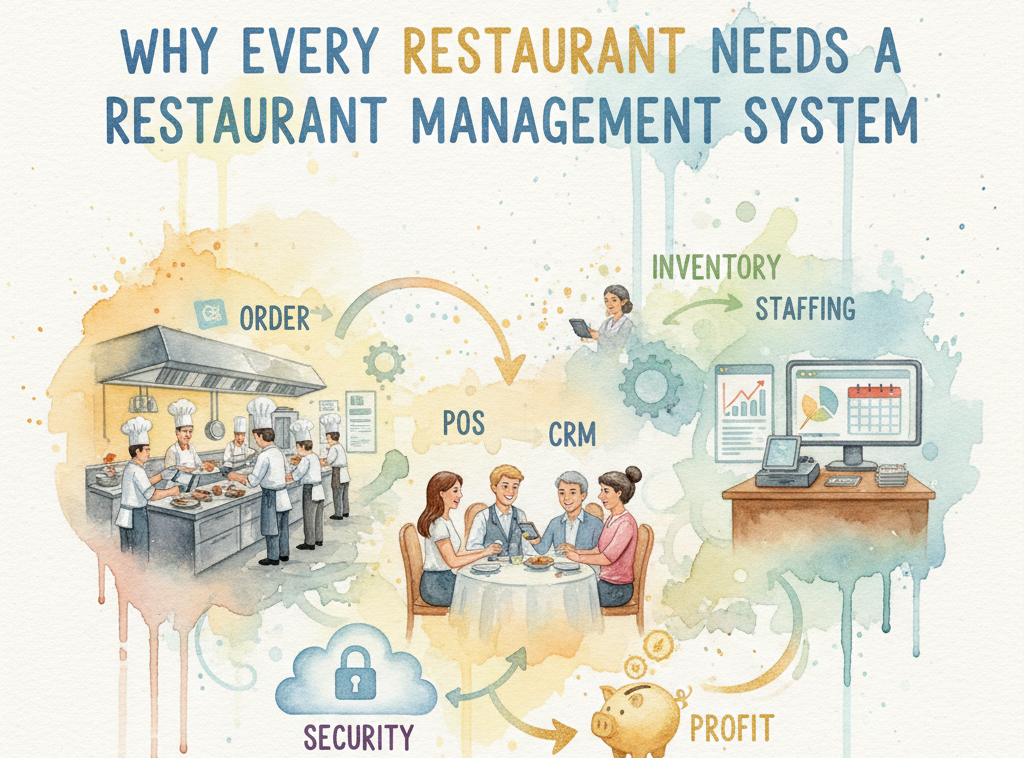How To Reduce Restaurant Food Waste in Your Business

It takes a lot of thinking and planning to start and run a restaurant business and controlling restaurant food waste. From ordering the right amount of inventory to managing your overhead expenses to managing your restaurant staff – it can all be quite overwhelming.
However, in all the excitement, you must never forget to think about all the restaurant food waste that gets thrown in the trash every day. It is estimated that America produces almost 70 billion tonnes of food waste each year.
There is a huge need for identifying how to deal with restaurant food waste on a daily basis, and how to reduce food wastage in restaurants. The best way to do this is by having a food audit.
A food audit helps you calculate how much food you are wasting and what kinds of food they are. The main goal of a food audit or a food waste audit is to pinpoint where all your food waste comes from, and then find ways to reduce this wastage.
Conducting a Food Waste Audit
When you are calculating your food waste in your restaurant, there are two ways to track it. First, consider how many customers enter your restaurant every day. Then calculate how much food gets wasted each day. Once you have enough data on these two aspects, it becomes easy for you to find out the biggest sources and reasons for food wastage in your restaurant.
Track Your Food Wastage
Tracking your food wastage could be as easy as providing your kitchen staff with a logbook to note down what food waste is being generated every day in the restaurant, and how much. You could also use certain apps or software to automatically calculate the food wastage each day in your restaurant.
Now, apart from calculating what food gets wasted in the kitchen while preparing food (either due to spoilage or improperly trained staff), you must also figure out how much food gets wasted once the food is served on the customers’ plates.
Although calculating food wastage after being served to the customers can be difficult and can be different each day depending on the types of customers who enter your restaurant and order, it is absolutely necessary for long term waste management.
.jpeg)
For instance, if you find out that a certain dish almost always returns to the kitchen without being finished, you should consider lessening the portion size. However, you must also consider special cases like food ordered for children, who may not be able to finish off what’s on their plates.
You could have a different logbook for this post-consumer waste, that is food that the customer paid for but couldn’t finish. It is well worth your time to evaluate what food is being wasted and how much. Collecting and analyzing this information will allow you to find out your problem areas and make the necessary changes in your restaurant operation so as to reduce food wastage.
Track Your Customer Traffic
Another variable you need to keep track of while running your restaurant is the amount of traffic you have. This you will need to measure both on a daily basis, and especially during holidays, weekends, and festival seasons.
Although this data might not make much sense to you right away, it will definitely give you a clear picture of your customer traffic in the long run.
.jpeg)
When you analyze previous years’ findings, especially during holidays and festive seasons, you will start to get a clearer picture of how much traffic to expect in the coming years. This will help you plan your inventory in a better way and maximize your profits while reducing wastage.
Many restaurant POS software has these capabilities, so be sure to check out its features before you narrow down on one for your restaurant.
Figure Out How To Reduce Your Restaurant Food Waste
Once you get an overall idea of how much food is being wasted in your restaurant, it’s time to start planning out what changes you can make to reduce thi food wastage. Discuss with your kitchen staff what are the major types of food waste that your restaurant produces regularly. Make a list of the specific items that are thrown out. SIt down with your staff and identify solutions.
You can break your food waste into three different categories:
Kitchen waste – food that spoils/ expires without ever being used
Post-meal waste – food that your customer buys but does not finish
Packaging and disposable cutlery
Once you have an idea about how much of each type of waste is leaving your restaurant, it’s time to figure out ways to reduce each type of waste. Let’s look at this one by one:
1. Kitchen Waste
Kitchen waste is the type that is mostly in your control, so it’s easy to figure out ways to reduce it. By properly planning your ordering of inventory/supplies, storing them in the right conditions, and properly planning and prepping your meals, you will be able to manage your kitchen waste easily. You need to also find out solutions to deal with surplus stock by either donating them or using them for other purposes.
Go back and evaluate your inventory. Are you regularly seeing excess food sitting for a long time in storage? Maybe it’s time to rethink your ordering quantities.
What if your ingredients have a very short shelf life and are going bad much earlier than you get to use them? Ensure that your staff is properly storing perishable commodities and using them promptly.
.jpeg)
Do you have too many of the same items in your inventory? Try using them for other purposes and maybe coming up with a daily special. This way you will be both using up the perishable items quickly, and also bumping up sales. For instance, you can use dry bread to make croutons for soup or use them to crumb coat certain deep-fried items.
Use the FIFO method when it comes to managing your inventory. FIFO, or First In First Out, means you keep the items that are closer to their expiry date accessible so that they get used up before the others. This way nothing gets spoiled, and you will be also able to figure out exactly how much of a certain item you need to stock up on.
Train your staff on how to properly manage your restaurant inventory so that nothing is wasted. You can also give away items that are not being used to your staff so that they can use them in their homes to prepare meals.
Donate food to charity to avoid wasting, and also you’ll be helping a ton of people in the process.
2. Post-Meal Waste
Although it is not in your control to reduce the amount of food your customers waste, you can still do a few things to help reduce it. For instance, redetermine your portion sizes in case you find that the same dish is always being wasted by customers.
Standardize your recipes so that there is less chance of human error when it comes to meal ad portion sizes.
Clearly describe your dishes on the menu so that your customers know exactly what to expect and are not unpleasantly surprised if they order something new. Take away unpopular items from the menu so that you don’t keep buying and wasting inventory to prepare those dishes when in reality no one is ordering them.
Encourage your customers to pack and take home leftover food in case they have any.
3. Packaging Materials And Disposable Cutlery
Although disposable packaging and cutlery can help you save food and send leftovers with customers, it can also lead to waste. Be mindful of the type of disposables you are using so that you can reduce waste.
.jpeg)
Give customers discounts or other incentives if they bring their own carry containers. Use biodegradable packaging whenever possible.
Other Ways of Reducing Waste
Try to segregate compost waste and then send them off to composters. His will ensure that you are doing your part for the environment and not just piling up your waste in landfills.
Segregate your plastics, cardboards, and other glass waste, and recycle them. Monitor your restaurant food waste regularly so that you will know when you need to rethink your food waste strategies.
Reducing your food waste can both help the environment, as well as reduce expenses and increase profits for your restaurant business. Each restaurant will have different types of wastes being generated, which means you will have to figure out the best waste management plan for your business.
Even if you have been vigilant in dealing with your food waste it always helps to keep a regular check and maybe change some strategies of your sot reduce food waste further. Sometimes, you will realize that your food waste is much more than you thought it was. All you need is a good plan and some simple steps to reduce your food waste.










